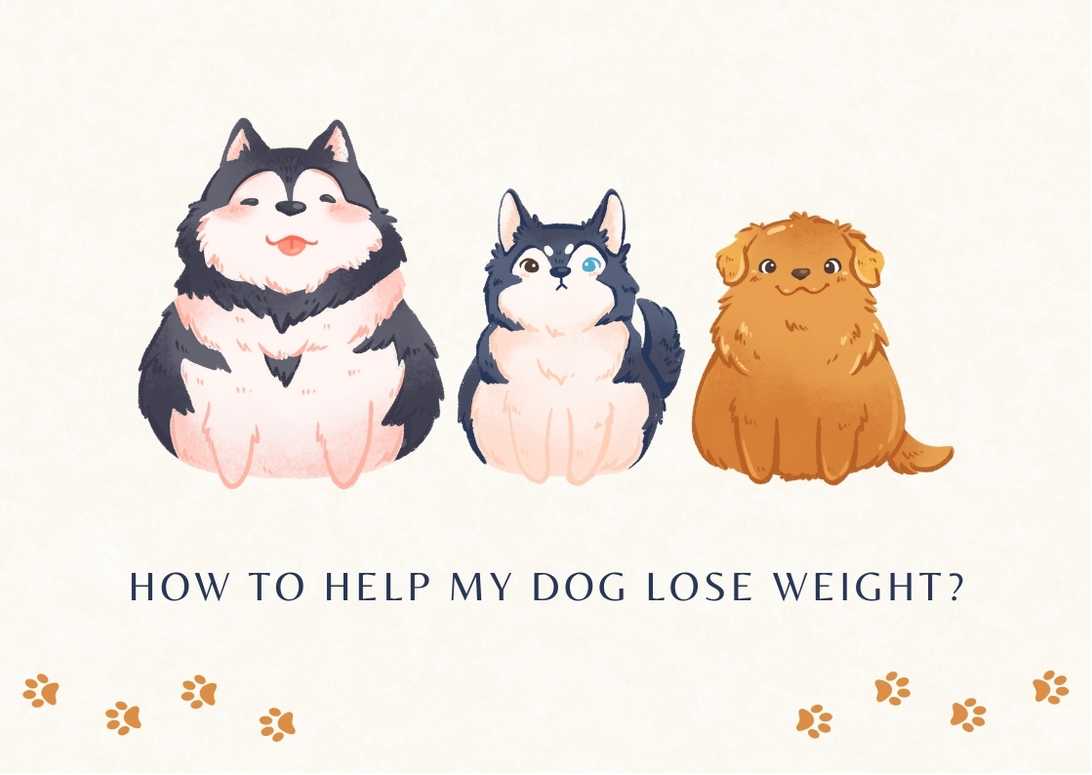What Percentage Of Cats Like Belly Rubs ?
I’ve always wondered what percentage of cats actually enjoy belly rubs.
As a cat lover myself, I’ve encountered some felines who absolutely love having their bellies rubbed, while others seem to detest it.
It’s a fascinating topic because it raises questions about the complex nature of cat behavior and their individual preferences.
In this article, we’ll explore the question of what percentage of cats like belly rubs and delve into the reasons behind these varying reactions.
We’ll hear from experts in feline behavior and veterinary medicine to understand why some cats may find belly rubs enjoyable while others may not.
Whether you’re a cat owner curious about your own furry friend’s preferences or simply interested in the quirky behaviors of these mysterious creatures, join me as we unravel the mystery behind whether cats truly appreciate this particular form of affection.
1. Do Cats Enjoy Belly Rubs?
If your cat doesn’t mind belly rubs, that’s great news because it means they trust you enough to expose their vulnerable belly and enjoy the soothing sensation of your gentle touch.
Many cats have a love-hate relationship with belly rubs, but if your feline friend enjoys them, consider yourself lucky. Some cats even seek out belly rubs by rolling over onto their backs and exposing their bellies for some much-needed attention. It’s a sign that they feel safe and comfortable around you.
My cat likes belly rubs, and it’s always a delightful experience for both of us. When I gently stroke her tummy, she purrs contently and closes her eyes in pure bliss. It’s a wonderful bonding moment that strengthens our connection. I can tell she truly enjoys it because she often nudges my hand or moves closer to me when I stop rubbing her belly.
Now let’s explore the physical and behavioral reactions that cats may exhibit when receiving belly rubs without skipping a beat.
2.Physical and Behavioral Reactions
When you give your feline companion a gentle rub on their tummy, you may notice a range of physical and behavioral responses.
Some cats absolutely love belly rubs and will roll onto their backs, exposing their bellies in anticipation of the soothing touch. Others may tolerate it but show signs of mild discomfort, such as tensing up or twitching their tails. There are also cats who simply do not enjoy belly rubs at all and may react by swatting or biting if their tummy is touched. It’s important to pay attention to your cat’s individual preferences and body language when engaging in belly rubbing.
To further understand the physical and behavioral reactions that cats have during belly rubs, here are some common observations:
- Purring: Many cats will start purring when receiving belly rubs, indicating contentment and relaxation.
- Kneading: Some cats may knead with their paws while getting their bellies rubbed. This behavior is reminiscent of when they were kittens nursing from their mother.
- Stretching: Cats often stretch out their bodies while enjoying a belly rub, showing that they feel comfortable and at ease.
- Tail movement: The position and movement of a cat’s tail can provide insight into how they feel about the belly rub. A relaxed tail indicates enjoyment, while a twitching or wagging tail might signal irritation or overstimulation.
- Body language: Watch for any subtle changes in your cat’s body posture during a belly rub session. If they start tensing up, flattening their ears back, or displaying dilated pupils, it could be a sign that they’ve had enough.
Understanding these physical and behavioral cues can help ensure that your cat feels safe and comfortable during belly rubs. It’s crucial to respect your cat’s boundaries and never force them into something they don’t enjoy or feel uncomfortable with. Speaking of trust-building behaviors like belly rubbing…
3.Signs of Trust
As I engage in gentle belly rubs with my feline friend, I’m always on the lookout for signs that they trust me. One of the most evident signs is when my cat exposes their belly willingly and allows me to touch it.
According to veterinarian Rebecca Schmidt, a cat’s belly is a vulnerable area, so if they feel comfortable enough to expose it to me, it shows that they have a certain level of trust in our relationship. It’s important to note that not all cats enjoy belly rubs, but for those who do, it can be a clear indication of their trust and affection towards their human companion.
Another sign of trust during belly rubs is when my cat remains relaxed and calm. Cats are usually very sensitive creatures, and any sign of discomfort or anxiety would likely cause them to retract or show defensive behavior. So, when I see my cat lying down comfortably while receiving belly rubs without displaying any signs of stress or tension, it reassures me that our bond is strong. This level of relaxation indicates that they feel safe and secure in my presence.
However, it’s worth mentioning that preference variations exist among cats when it comes to belly rubs. While some cats may enjoy this form of affectionate touch as a sign of trust, others may not appreciate it at all. Each cat has its own unique personality and preferences. Therefore, as we continue exploring the topic of “what percentage of cats like belly rubs,”let’s delve into these preference variations without skipping a beat.
4.Preference Variations
Let’s dive into the different preferences that cats have when it comes to receiving affectionate belly rubs.
Just like humans, cats have their own unique personalities and preferences when it comes to being touched. Some cats absolutely love belly rubs and will roll over on their backs, inviting you to give them a good scratch. They may purr loudly and show signs of relaxation and contentment. These cats trust you enough to expose their vulnerable bellies, which is a clear indication of the bond between you.
On the other hand, there are cats who do not enjoy belly rubs at all. They may become defensive or anxious when approached in this manner. These cats prefer more gentle forms of affection, such as chin scratches or head rubs. It’s important to respect your cat’s boundaries and not force them into unwanted belly rubs if they show signs of discomfort.
Now let’s transition to the subsequent section about survey findings without writing ‘step’.
5.Survey Findings
If your feline friend enjoys a good belly rub, it’s a clear sign that they trust you and feel secure in your presence. According to a survey conducted by The American Society for the Prevention of Cruelty to Animals (ASPCA), 38 percent of cat owners reported that their cats enjoy belly rubs. This indicates that while not all cats may enjoy this form of affection, there is still a significant percentage who do.
It’s important to recognize and respect your cat’s individual preferences when it comes to physical contact. Understanding your cat’s preferences goes beyond just knowing whether or not they like belly rubs. Each cat has their own unique personality and comfort level with different types of touch. Some cats may prefer gentle strokes on their head or chin, while others may enjoy being scratched behind their ears or along their back.
By observing your cat’s body language and paying attention to their reactions during interactions, you can better understand what they enjoy and what makes them uncomfortable. This will help foster a stronger bond between you and your furry companion without forcing them into any uncomfortable situations. So, take the time to understand and respect your cat’s boundaries when it comes to physical affection, ensuring a more positive and trusting relationship overall.
6.Understanding Your Cat’s Preferences
To better understand what your cat enjoys, pay attention to their reactions and body language during different types of touch. Did you know that in a survey conducted by the ASPCA, over one-third of cat owners reported that their feline friends enjoy physical affection? This means that many cats do appreciate being touched and petted in various ways.
However, it’s important to note that each cat is unique and may have different preferences when it comes to physical contact. Some cats may enjoy belly rubs while others may not be as fond of them. So, it’s crucial to observe your cat’s reactions and respect their boundaries when interacting with them.
Understanding your cat’s preferences is essential for building trust and maintaining a positive relationship with them. Pay close attention to how they respond to different types of touch, including belly rubs. Look for signs of relaxation such as purring, kneading, or leaning into the touch.
On the other hand, if your cat shows signs of discomfort or tries to move away when you attempt a belly rub, it’s best to avoid this type of interaction. Instead, focus on areas like behind the ears or gentle chin scratches that they may find more enjoyable.
Now let’s explore some tips for belly rubs that can help create a positive experience for both you and your furry friend without using forceful steps.
7.Tips for Belly Rubs
After understanding your cat’s preferences, it’s important to know some tips for giving belly rubs. Every cat is different, so it’s essential to approach them with caution and respect.
Firstly, make sure your cat is in a calm and relaxed state before attempting a belly rub. Cats are more likely to enjoy belly rubs when they feel safe and comfortable. Approach them slowly and gently, giving them the chance to sniff or nudge your hand before proceeding.
When giving a belly rub, start by gently stroking their head and neck area first. This helps establish trust and allows your cat to get used to your touch. Gradually move down towards their belly, using light strokes at first. Pay attention to their body language – if they tense up or show signs of discomfort like swatting or biting, stop immediately. Not all cats enjoy belly rubs, so it’s crucial to respect their boundaries.
Additionally, remember that not all cats will want extended belly rub sessions. Some may only tolerate a few seconds of rubbing before signaling that they’ve had enough. It’s important to listen and observe your cat’s cues during this time. If they start twitching their tail or trying to move away, it may be best to stop the belly rubs and try again later.
Understanding how your cat prefers belly rubs can help create a positive experience for both you and your feline friend. Remember to always approach with caution and respect their boundaries. With patience and observation of their body language, you can provide enjoyable belly rubs that strengthen the bond between you and your furry companion.
Additionally, it’s important to start by gaining their trust and allowing them to come to you on their own terms. This may involve offering treats, using gentle voices, and providing a safe and comfortable environment. By creating a positive and relaxed atmosphere, you can enhance the likelihood of a successful and enjoyable belly rub session.
Frequently Asked Questions
Are there any breeds of cats that are more likely to enjoy belly rubs?
There are no specific breeds of cats that are more likely to enjoy belly rubs. It ultimately depends on the individual cat’s personality and preferences, regardless of breed.
Can belly rubs be harmful to cats in any way?
Belly rubs can be harmful to cats if not done properly. Overstimulation or applying too much pressure can lead to discomfort or even injury. It’s important to pay attention to your cat’s body language and stop if they show signs of distress.
How can you tell if a cat is enjoying a belly rub or not?
If a cat enjoys a belly rub, they may purr, roll over, or knead with their paws. However, if they are uncomfortable, they may tense up, try to escape, or show signs of aggression.
Are there any alternative ways to show affection to cats that don’t enjoy belly rubs?
There are alternative ways to show affection to cats that don’t enjoy belly rubs. Some options include gentle chin scratches, head rubs, playing with interactive toys, and providing cozy spots for them to relax.
Can a cat’s preference for belly rubs change over time?
Yes, a cat’s preference for belly rubs can change over time. Some cats may start to enjoy them as they develop trust and bond with their owners, while others may become less tolerant due to age or health issues.
8.Conclusion
In conclusion, the question of whether cats enjoy belly rubs remains a mystery. While some cats may tolerate or even enjoy this form of affection, others vehemently reject it due to the vulnerability they feel when their tummies are exposed.
According to a survey conducted by The American Society for the Prevention of Cruelty to Animals (ASPCA), 38 percent of cat owners reported their cats enjoying belly rubs. This statistic is quite interesting as it shows that there is a significant portion of cat owners who have experienced their feline companions enjoying belly rubs. It suggests that there is a possibility for cats to develop a positive association with this form of affection if they feel safe and trust their human caregivers.
However, it’s essential to remember that each cat is unique, and preferences can vary greatly among individuals. Therefore, understanding your own cat’s preferences and body language cues is crucial in providing them with the appropriate level of comfort and affection they desire.







